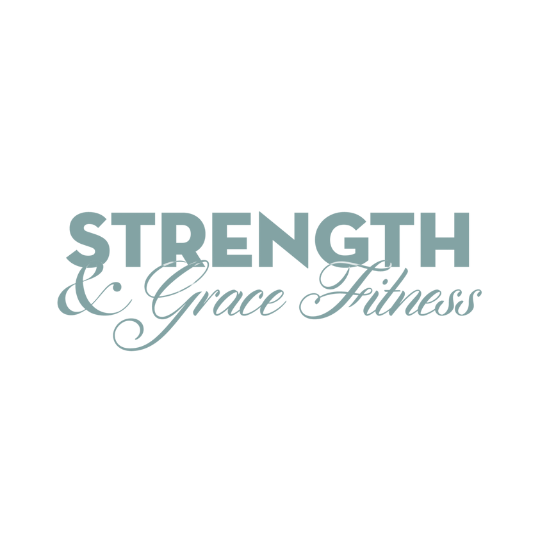Are you feeling persistent pain or discomfort in your hip and buttocks area, especially on one side? It may not be just typical muscle soreness. Many women, especially those over 40, unknowingly suffer from a condition called gluteal tendinopathy. This condition affects the tendons in the hips and glutes, leading to pain, weakness, and stiffness that disrupt daily activities. Understanding and addressing this condition early can make a huge difference in staying active, healthy, and pain-free.
What Is Gluteal Tendinopathy?
Gluteal tendinopathy, also known as greater trochanteric pain syndrome, involves the breakdown or degeneration of tendons connecting the gluteus medius and gluteus minimus to the hip bones. Unlike tendinitis, which is marked by inflammation, tendinopathy is a chronic condition where the tendons’ fibers deteriorate. This weakens the tendons, making them less resilient and more painful with movement.
For women over 40, this condition is often linked to natural hormonal changes that affect the integrity of tendons and ligaments. Lower estrogen levels, which commonly occur during perimenopause and menopause, disrupt the body’s collagen production. Collagen is essential for tendon strength and flexibility. With less collagen, tendons lose resilience, becoming more susceptible to strain, wear, and pain.
Why Addressing Gluteal Tendinopathy Is Essential
Gluteal tendinopathy doesn’t just cause discomfort; untreated, it can greatly impact quality of life. Pain and weakness in the hips can limit mobility, keep you from activities you enjoy, and make daily movements—like climbing stairs, standing, or walking uphill—painful and challenging. Over time, this may lead to a more sedentary lifestyle, further weakening muscles and joints and creating a frustrating cycle of inactivity and pain.
For women aiming to stay active, independent, and mobile, addressing gluteal tendinopathy is essential. Taking early steps to strengthen the glutes and support tendon health can prevent further damage and help you reclaim a pain-free lifestyle.
The Connection Between Gluteal Tendinopathy and Hip Flexors
One often-overlooked factor in gluteal tendinopathy is the relationship between gluteal tendons and hip flexor muscles. Both play critical roles in stabilizing the hip joint. When the gluteal tendons weaken, the glutes can’t properly stabilize the hip. As a result, hip flexors (mainly the iliopsoas, rectus femoris, and tensor fasciae latae) overcompensate, leading to hip flexor tightness. This tightness limits hip mobility, creating more strain on weakened gluteal tendons. This feedback loop—where tight hip flexors and weakened glutes aggravate each other—can lead to even more pain in the hip region.
Steps to Reduce Pain from Gluteal Tendinopathy
While gluteal tendinopathy is complex, there are natural ways to start reducing discomfort and supporting healing. Here are some strategies:
- Adjust Your Nutrition to Support Tendon HealthNutrition plays a vital role in tendon and joint health. Focus on foods rich in collagen-supporting nutrients to naturally strengthen your tendons. Add vitamin C-rich foods (like citrus fruits, bell peppers, and strawberries), lean proteins, and anti-inflammatory omega-3s (from salmon, flaxseeds, and walnuts) to boost collagen production and reduce inflammation.
- Introduce Gentle, Targeted ExercisesExercises that target both the glutes and hip flexors can reduce pain and rebuild strength, but they should be done carefully. Start with moves like clamshells, isometric glute contractions, and bridges. Add gentle hip flexor stretches (like lunging hip flexor stretches) to release tension and improve alignment. Focus on controlled movements, and avoid high-impact activities until your tendons and muscles grow stronger.
- Consider Activity ModificationsMinimize activities that strain the hips, like high-impact exercises, during recovery. Try lower-impact options like swimming or cycling to stay active without stressing the gluteal tendons. Also, be mindful of prolonged sitting or crossing your legs, which can worsen hip discomfort.
- Prioritize Recovery and RestTendons heal slowly, so allow time for recovery. Space out strength exercises and consider integrating gentle stretches or relaxation techniques like yoga to reduce stiffness and improve blood flow to the area.
- Strengthen Your Hips and Release the Hip FlexorsSince gluteal tendinopathy and hip flexor tightness are closely related, strengthening the glutes while releasing tight hip flexors is essential. Balancing these muscles reduces strain on tendons and improves hip stability. Try light hip strengthening and gentle stretching regularly, starting with just a few minutes each day.
Taking Control of Gluteal Tendinopathy
Gluteal tendinopathy can feel discouraging, but with the right approach, it’s entirely possible to feel better, regain strength, and get back to the activities you love. Our team understands the unique needs of women over 40, especially when it comes to maintaining mobility and joint health as our bodies change. This is just one of the conditions we help women manage inside our Hormone Solution Program.
If you’re ready to take proactive steps to address your hip pain, improve tendon health, and learn strategies for feeling stronger at every stage of life, join us in the Hormone Solution Program. You don’t have to navigate this journey alone—our holistic approach offers the guidance, support, and community you need to thrive.
